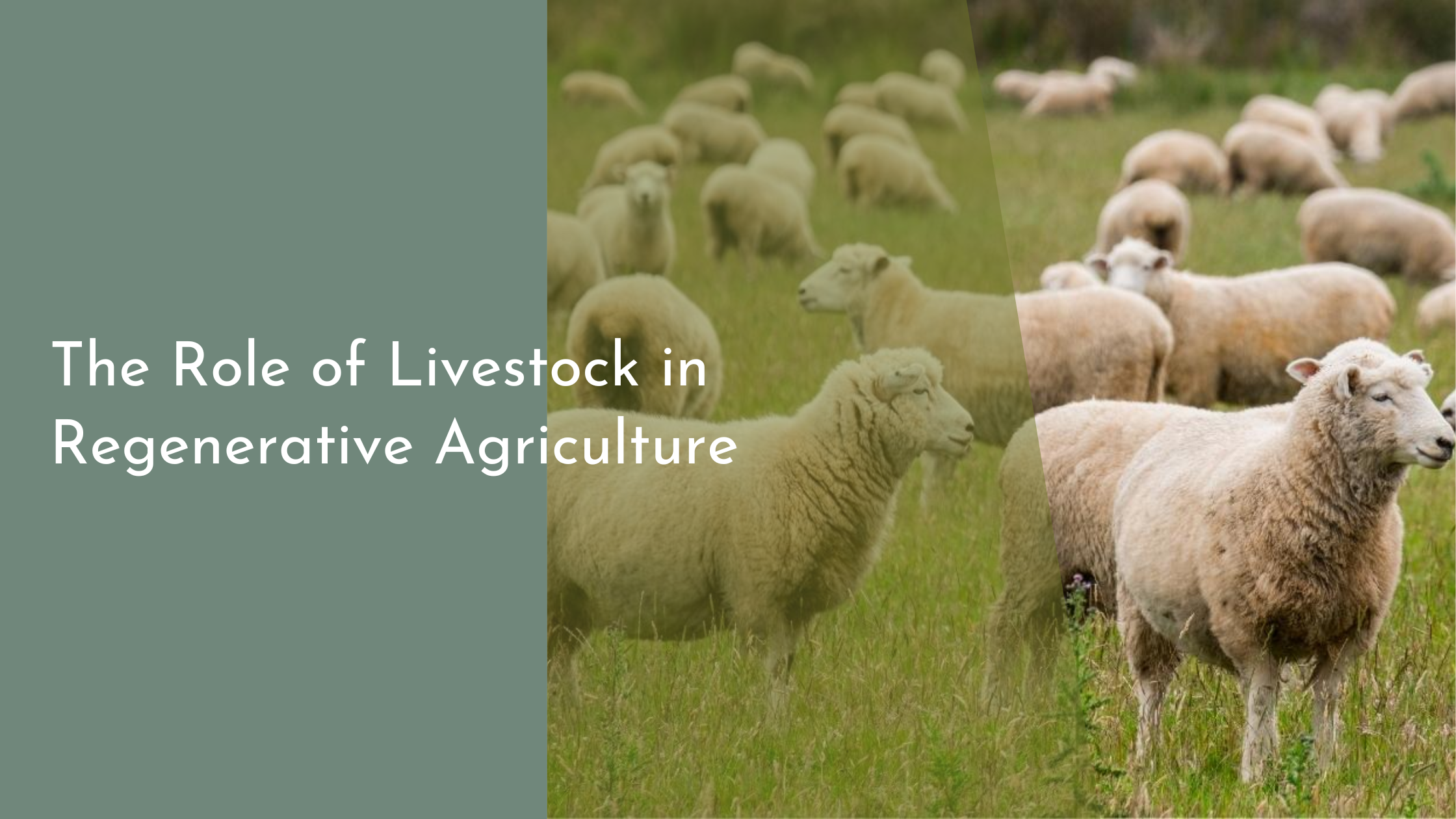The Role of Livestock in Regenerative Agriculture
Regenerative agriculture is gaining attention worldwide as a promising solution to some of the most pressing environmental challenges of our time. With an emphasis on restoring soil health, enhancing biodiversity, and improving water cycles, this holistic farming approach is a beacon of hope for sustainable food systems. Intriguingly, livestock plays an indispensable role in regenerative agriculture. Far from being mere sources of meat, milk, and wool, these animals are integral to the regenerative process, contributing significantly to soil health and biodiversity. This article explores the vital role of livestock in regenerative agriculture and how they are shaping the future of farming.
Understanding Regenerative Agriculture Basics
At its core, regenerative agriculture is a farming approach aimed at rehabilitating and enhancing the entire ecosystem of the farm. It goes beyond sustainable agriculture by not only maintaining resources but actively improving them. The central focus is on restoring soil health, which is achieved by increasing organic matter and biodiversity within the soil. Practices such as cover cropping, crop rotation, and minimal tillage are employed to enhance soil fertility and structure, reduce erosion, and improve water retention. These methods create an environment where plants can thrive naturally, resulting in healthier crops and more resilient farming systems.
Regenerative agriculture also places a strong emphasis on the interconnectedness of farming ecosystems. It acknowledges the intricate relationships between soil, plants, animals, and humans, advocating for practices that work in harmony with nature. This holistic approach ensures that each element of the ecosystem supports the others, leading to a more resilient and productive agricultural system. By focusing on regeneration rather than mere sustenance, this method of farming offers a sustainable path forward for feeding the growing global population while simultaneously fighting climate change.
Livestock: Vital Contributors to Soil Health
Livestock are essential allies in the quest to regenerate soil health. Their natural behaviors, such as grazing and trampling, play a pivotal role in enhancing soil structure and fertility. When managed properly, grazing animals help to incorporate organic matter into the soil, which increases its nutrient content and promotes beneficial microbial activity. Additionally, livestock manure acts as a natural fertilizer, enriching the soil with essential nutrients and improving its organic matter content. This, in turn, fosters healthier plant growth and more productive farmland.
Moreover, livestock can help break pest and disease cycles, reducing the need for chemical interventions. As they graze, they consume plant material that may harbor pests and diseases, thus diminishing the overall pest load on the farm. Their movement across the land also helps to aerate the soil, improving its structure and making it more receptive to water and plant roots. The presence of well-managed livestock can transform barren and degraded lands into thriving ecosystems teeming with life.
Grazing Techniques that Boost Biodiversity
Adaptive multi-paddock (AMP) grazing is a technique employed within regenerative agriculture to boost biodiversity. This method involves rotating livestock through a series of paddocks, allowing each area of land to rest and recover before being grazed again. Such rotational grazing mimics the natural movements of wild herbivores, promoting a diverse range of plant species to grow. This technique not only prevents overgrazing but also encourages the establishment of deep-rooted plants, which can improve soil structure and increase resilience to drought.
Silvopasture is another grazing technique that integrates trees and shrubs with pastureland, creating a more diverse ecosystem. By combining woody vegetation with grazing animals, silvopasture enhances biodiversity both above and below the ground. The presence of trees and shrubs provides habitat for various wildlife species while offering shade and shelter for livestock. Additionally, the roots of these plants help stabilize the soil and improve its fertility. Together, these grazing techniques contribute to a more balanced and diverse ecosystem, supporting the resilience and sustainability of regenerative farming systems.
The Future of Farming: Livestock Leading the Way
As the world grapples with climate change and food security issues, livestock are poised to play a leading role in the future of farming. Through regenerative practices, livestock not only contribute to improving soil health but also act as key players in carbon sequestration. Healthy soils rich in organic matter can store significant amounts of carbon, helping to mitigate the effects of climate change. In this way, livestock become valuable allies in reducing the carbon footprint of agriculture, creating a more sustainable and climate-resilient food system.
Looking ahead, the integration of livestock in regenerative agriculture offers a promising path for building resilient farming systems that can withstand environmental and economic challenges. As farmers increasingly adopt regenerative practices, livestock will continue to be instrumental in transforming agricultural landscapes. By harnessing the natural behaviors and ecological contributions of livestock, regenerative agriculture is paving the way for a more sustainable and productive future, ensuring food security for generations to come.
In the dynamic world of regenerative agriculture, livestock proves to be much more than mere farm animals. They are partners in a mission to heal our planet, playing a crucial role in restoring ecosystems, improving soil health, and enhancing biodiversity. Through adaptive grazing techniques and holistic farming practices, livestock are not only transforming agriculture but also offering a sustainable blueprint for the future. As we continue to navigate the challenges of climate change and food security, embracing the role of livestock in regenerative agriculture will be vital for creating a greener, healthier, and more resilient world.

